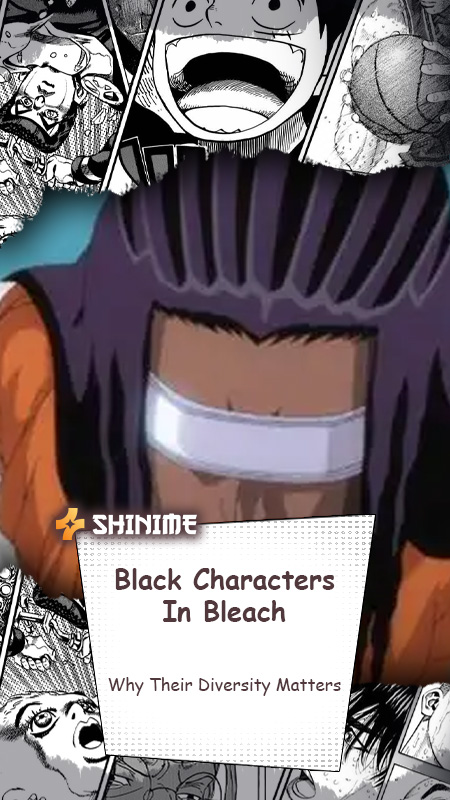Black Characters in Bleach: Tite Kubo Bleach stands out among anime and manga for its diverse, multi-dimensional Black characters. Far from stereotypes, they drive the plot, challenge norms, and add depth to the series’ slick world-building, vibrant cast, and stunning supernatural battles, resonating deeply with fans.
Kaname Tōsen
Let’s kick things off with Kaname Tōsen, the former Captain of Squad 9. Right away, his design stood out: dark skin, intricate braided hair, and those distinct facial features. But it’s not just his looks. Tōsen was a blind Soul Reaper who navigated his world through heightened senses and an almost eerie spiritual awareness. Imagine turning what others see as a disability into your greatest strategic advantage!
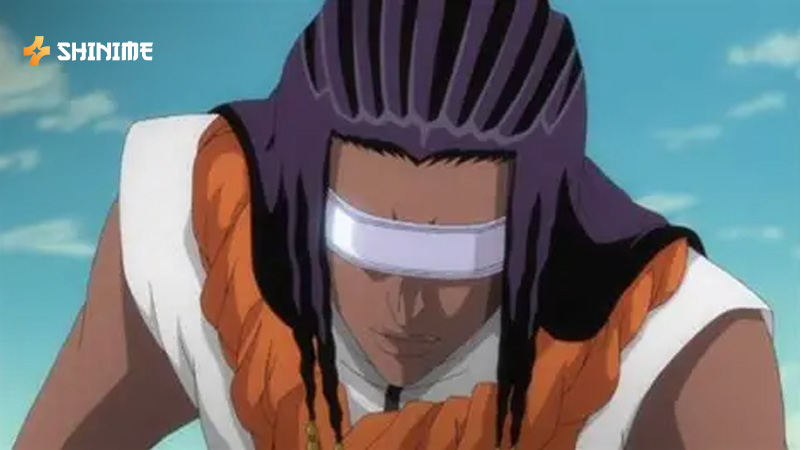
His entire being was fueled by an unwavering, almost obsessive, commitment to justice, born from a tragic past. Tōsen was calm, philosophical, and lived by a strict moral code, famously despising violence. This pacifist philosophy, combined with his high rank, created some fascinating internal conflict. His betrayal of the Soul Society alongside Aizen was a gut punch, adding incredible layers to his character. It showed us how a noble pursuit of justice can tragically lead someone down a very dark and contradictory path.
Ōetsu Nimaiya
Then there’s Ōetsu Nimaiya, a character so unique he practically dances off the page! As a member of the Royal Guard and the creator of every single Zanpakutō, Nimaiya holds one of the most vital positions in the entire Soul Society hierarchy. His character design is a vibrant celebration of Black culture: a magnificent afro, dark skin, and a flamboyant personality that absolutely pops.
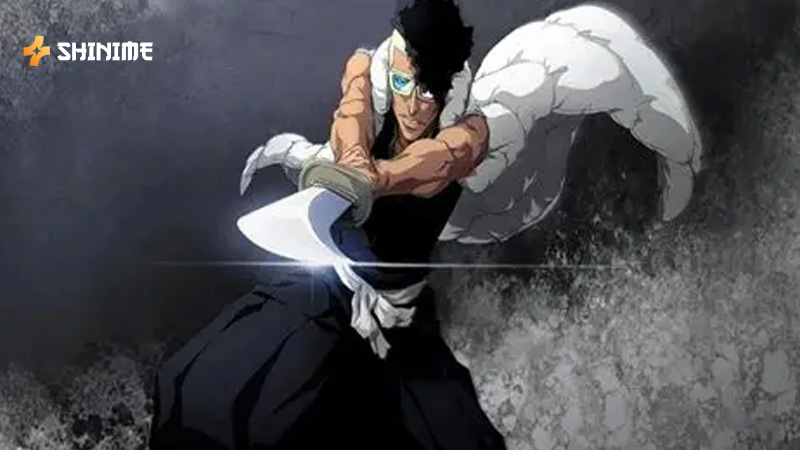
Dubbed the “God of the Sword,” his influence on the Bleach universe is immeasurable. Every Soul Reaper’s power flows from his creations. What’s fantastic is how his eccentric persona – his love for hip-hop, flashy clothes, and super casual demeanor – completely defies the stiff formality of the Soul Society’s elite. He’s playful on the surface, but beneath it lies unimaginable skill and ancient wisdom. Nimaiya shatters stereotypes by being both deeply culturally expressive and undeniably brilliant, wielding ultimate authority in the spiritual realm.
Love Aikawa
Love Aikawa gives us another fantastic example of positive Black representation. As the former Captain of Squad 7, he’s instantly recognizable with his dark skin and iconic afro. His journey as a Visored – a Soul Reaper who gained Hollow powers – added a fascinating layer of complexity and resilience to his story.
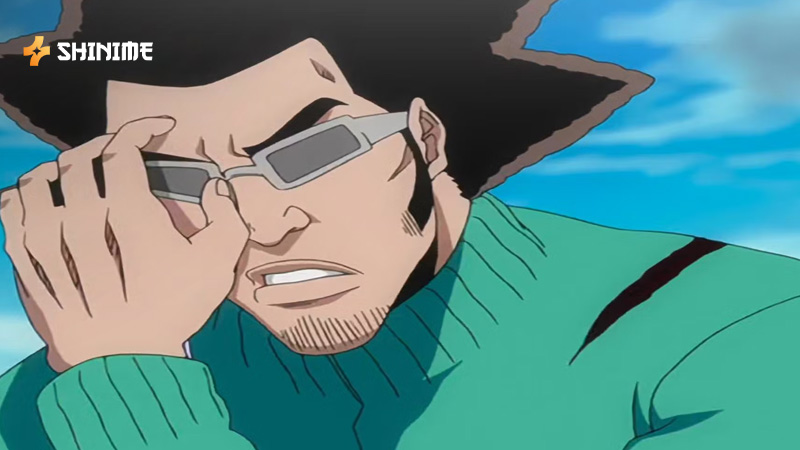
Love’s defining traits are his natural leadership and fierce protective instincts towards his fellow Visored. Despite the trauma of Hollowfication and being exiled from Soul Society, he maintained a cool head and became a stabilizing force for his group. His loyalty to his comrades and his willingness to face overwhelming odds highlight his truly heroic nature. He showed us that true strength isn’t just about raw power, but about the bonds you forge and the willingness to sacrifice for something greater than yourself.
Yasutora “Chad” Sado
Let’s not forget Yasutora “Chad” Sado, Ichigo’s stalwart best friend. Chad offers vital multicultural representation, explicitly depicted as a character of mixed Mexican and Japanese heritage with dark skin, making him one of the most culturally diverse characters in the series.
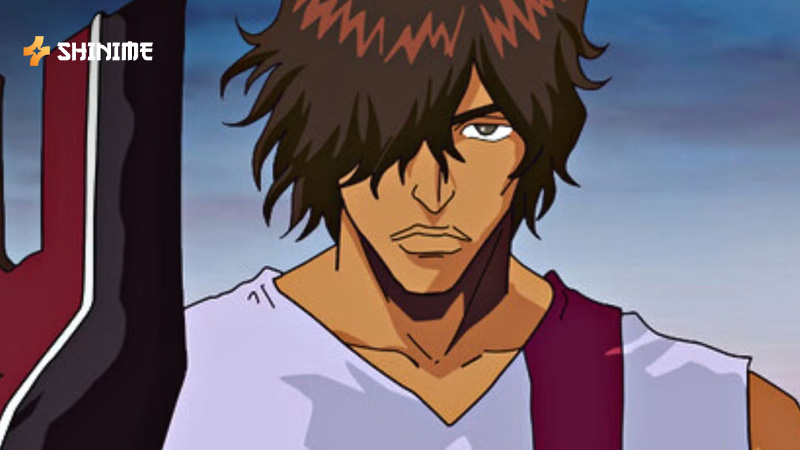
Chad’s enormous physical presence is immediately striking, but it’s his gentle nature and unwavering loyalty to his friends that truly define him. He’s fundamentally a pacifist who only unleashes his incredible strength to protect others. His journey is a powerful exploration of friendship, identity, and the quiet power that comes from having something precious to defend. His Fullbring abilities, especially his “Brazo Derecha de Gigante” and “Brazo Izquierda del Diablo,” are literal manifestations of his inner strength and unwavering determination. Chad proves that real power doesn’t just come from might, but from the heart.
Lille Barr
Moving to the darker side, we have Lille Barro, one of the most terrifying members of the Wandenreich’s Sternritter, holding the designation “X” – The X-Axis. His dark skin and distinctive appearance clearly establish his Black identity within the Quincy ranks. As the leader of Yhwach’s elite guard, Lille commands both respect and absolute terror.
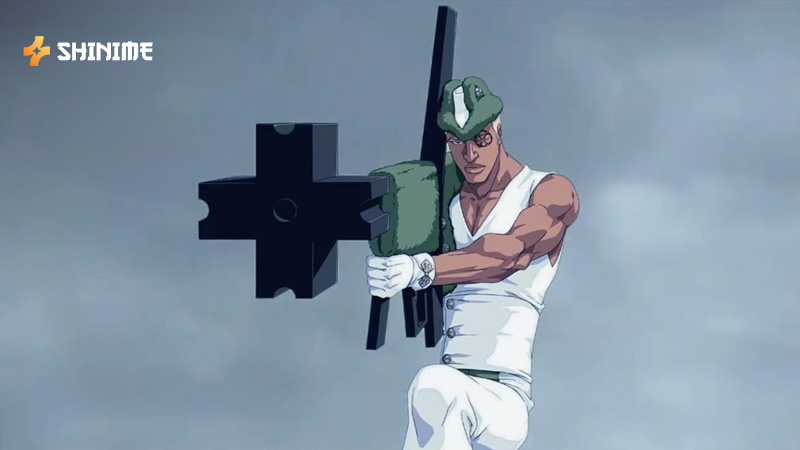
Lille’s personality is marked by his chillingly unwavering faith in Yhwach and his belief in his own divine mission. He sees himself as an instrument of God’s will, giving him a sense of purpose and self-righteousness that makes him a truly formidable opponent. His Schrift ability, “The X-Axis,” allows him to pierce through anything between his weapon and his target, making him virtually unstoppable in combat. He’s a stark reminder that even antagonists can possess complex motivations and deeply held (if twisted) beliefs.
Conclusion
Black Characters in Bleach stand as a powerful example of authentic representation in anime. Their diverse roles highlight how compelling storytelling and inclusivity can coexist beautifully. These characters are defined not by their race, but by their actions, beliefs, and relationships, setting a new standard for representation in the medium. Bleach’s influence extends beyond its supernatural battles, paving the way for richer, more inclusive narratives. It shows that anime can embrace the full spectrum of human diversity, resonating with audiences from all backgrounds.
Watch Bleach now on Shinime.blog and explore more about representation in anime.

